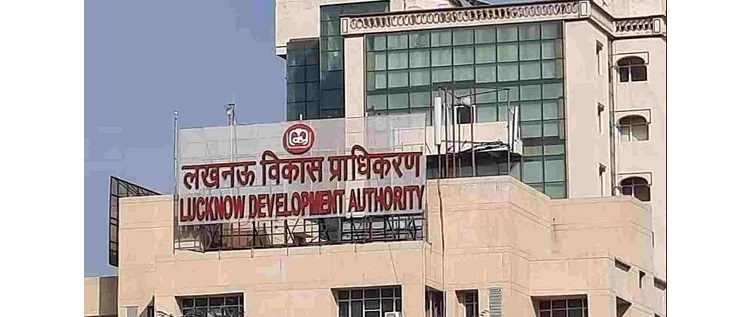E - PAPER
Govt to Review Roles of NHB & HUDCO
The government is undertaking a comprehensive review of the developmental roles of state-run financing entities, such as PFC, IREDA, NHB and HUDCO, to gauge if their functions and objectives need to be tweaked or expanded to better suit the current imperative of fast
 BY
Realty Plus
BY
Realty Plus
Published - Wednesday, 16 Dec, 2020

The government is undertaking a comprehensive review of the developmental roles of state-run financing entities, such as PFC, IREDA, NHB and HUDCO, to gauge if their functions and objectives need to be tweaked or expanded to better suit the current imperative of fast bridging a yawning infrastructure deficit in India. Put simply, whether the sectoral lenders will be retained in the current roles or be given a larger developmental mandate or be subsumed in larger entities in the making is part of the review.
Already, the government is planning to announce, in the next Budget, a large DFI with its partial ownership — which will have considerably higher risk appetite than banks — to finance rural infrastructure. It also intends to convert the state-run India Infrastructure Finance Company (IIFCL) from an NBFC into a DFI, with more ambitious project-funding goals. Against this backdrop, any review of the roles of key financing/refinancing entities will complement the government’s efforts toward a sustained infrastructure push to reverse the current growth slide.
At present, while Power Finance Corporation (PFC) primarily funds’ assets in electricity generation, Indian Renewable Energy Development Agency (IREDA) extends finance for renewable power projects only. The Housing and Urban Development Corporation (Hudco) is engaged in funding only housing and urban infrastructure projects, and the National Housing Bank (NHB) acts as a major refinance for housing finance companies. While NHB is currently registered as a DWI and the other three as non-banking financial companies (NBFCs), all these entities perform roles akin to DFIs.
Along with the National Investment and Infrastructure Fund’s (NIIF) equity and debt platforms, IIFCL and the proposed DFI for rural India are expected to catalyze investments into various projects under the National Infrastructure Pipeline (NIP). The pipeline envisages investments of as much as Rs 111 lakh crore over a six-year period through FY25. The Budget for FY21 has already announced an infusion of Rs 22,000 crore into IIFCL and NIIF’s debt platform. “They would leverage it, as permissible, to create financing pipeline of more than Rs 1,00,000 crore,” finance minister Nirmala Sitharaman had said in her Budget speech.
PFC, which picked up a controlling stake in state-run REC last year, had outstanding loan assets of as much as Rs 3.45 lakh crore as of March 2020, up almost 10% from a year before; REC had such assets of another Rs 3.22 lakh crore. Similarly, the outstanding loan assets of IREDA stood at Rs 22,811 crore as of March 2020, up 9%, year on year, while Hudco’s rose by almost 5% to Rs 76,127 crore. NHB’s net advances stood at Rs 81,750 crore as of June 2020, up 17% from a year earlier.
Earlier this year, a task force on the national infrastructure pipeline, headed by former economic affairs secretary Atanu Chakraborty, had suggested a review of the role and functioning of these companies. As for the DFI being planned for the rural sector, it will work under an innovative framework, where global patient capital, along with private corporate funds, will find viability in India’s rural projects. The government could earmark a budgetary outlay for it as well. The task force under Chakraborty had estimated that as much as 31% or more of the envisaged investments of Rs 111 lakh crore under the NIP until FY25 would have to be raised through debt from the bond market, banks and shadow lenders. Fair amount of money will also have to raise through establishing new DFIs and using asset monetization at both central and state levels.
Given that most public-sector banks are struggling to cope with toxic assets, their ability to resort to long-term funding of large infrastructure projects is very limited now. So funds from DFIs and similar entities.
RELATED STORY VIEW MORE
NEWS LETTER
Subscribe for our news letter
E - PAPER
-

CURRENT MONTH 
LAST MONTH















